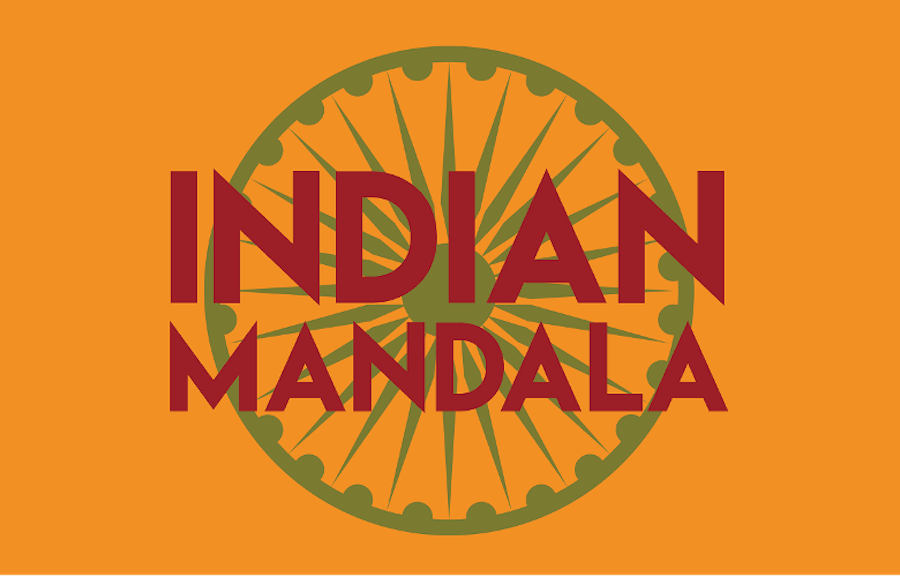Indian Prime Minister Narendra Modi’s visit to Tokyo has produced a landmark agreement: the next-generation E10 Shinkansen — capable of speeds up to 400 km/h — will be manufactured in India. The project represents a strategic convergence of Japan’s technological excellence with India’s scale and cost advantages, creating what Modi called “a perfect partnership.”
The timing of Modi’s trip, just ahead of his planned visit to China, underscores New Delhi’s effort to balance closer ties with Beijing through stronger cooperation with Tokyo. Beyond the high-speed rail initiative, the visit also highlights the significance of the Quad alliance — Japan, India, the U.S., and Australia — first envisioned by Shinzo Abe to ensure a free and open Indo-Pacific.
Manufacturing the E10 in India is expected to transform transportation infrastructure, boost exports, and build on the long-delayed Ahmedabad–Mumbai rail corridor. It is also a symbol of how India–Japan collaboration in advanced technologies can contribute to economic growth while reinforcing shared strategic interests in the Indo-Pacific.
BGF–AIWS Perspective: This partnership reflects the enduring vision of Shinzo Abe, a World Leader for Peace and Security Award recipient, who championed Indo-Pacific cooperation. For BGF and AIWS, the India–Japan alliance demonstrates how technology, ethics, and strategic collaboration can shape a more interconnected and resilient region — aligning with the AIWS mission of building a New Democracy with AI and advanced technologies.
📖 Full article here: AsiaNews – Modi in Tokyo to bring the new Shinkansen production to India 